
Through the use of patient testimonials as well as analysis of data from a study of patients with spinal muscular atrophy (SMA), researchers were able to describe patient-centered “meaningful outcomes” in the 32-item Motor Function Measure.
Jaime is a freelance writer for The American Journal of Managed Care® (AJMC®), where she previously worked as an assistant editor.
She has a BA in print journalism from Penn State University. You can connect with Jaime on LinkedIn.

Through the use of patient testimonials as well as analysis of data from a study of patients with spinal muscular atrophy (SMA), researchers were able to describe patient-centered “meaningful outcomes” in the 32-item Motor Function Measure.

To date, the relative efficacy of the 3 treatments—minoxidil and 5α reductase inhibitors (5-ARIs) finasteride and dutasteride—has remained largely unknown.

Coupled with these interventions for treating spinal muscular atrophy (SMA) is an emphasis on diagnosing the disease as early as possible to ensure optimal clinical outcomes for patients.

This systematic review revealed that although the reporting of racial and ethnic data has increased in recent years, inclusion of minority groups has remained unchanged.

Researchers outlined recommended treatment plans to build back effective levels of nusinersen following treatment gaps.

Researchers compiled data from studies of oral Evrysdi (risdiplam), Spinraza (nusinersen), and Zolgensma (onasemnogene abeparvovec), finding evidence that risdiplam may be a favorable alternative to nusinersen for type 1 SMA.
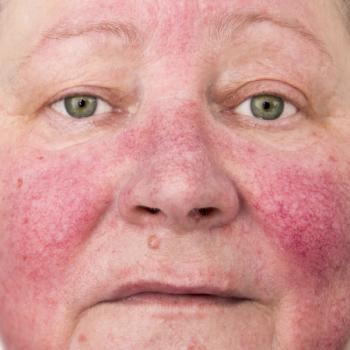
Researchers analyzed 102 eyes of 51 patients, finding that nearly three-fourths demonstrated signs of ocular involvement.

The findings showed no significant differences between the treatment and benzoyl peroxide, and they suggest that intense pulse light is both effective and well tolerated among patients.

The researchers collected data from over 100 articles of various biomarkers for hidradenitis suppurativa (HS), finding that just 4 were considered to have a high amount of evidence.

According to researchers, this case of a patient with spinal muscular atrophy (SMA) from Indonesia was the first to use a collaborative, multidisciplinary approach that involved obstetric, neurology, pediatric, and anesthesiology departments at a hospital.

Among the 3 methods used across 478 samples included in the study, next-generation sequencing provided the most favorable results.

Among the most notable findings were that acute generalized exanthematous pustulosis is typically triggered by antimicrobial agents and may be associated with complications of the liver or kidney for some patients.

Over the 24-year period, there were 57 spinal muscular atrophy diagnoses in 53 families, and a disease birth prevalence of 1 per 8286 births in Estonia.

Throughout their paper, researchers highlighted acne treatment for these patients often involves other considerations—including reproductive health and mental health—and dermatologists should keep these in mind when making decisions for each patient.

Outside of survival motor neuron (SMN) treatment, there are several alternatives used in cases where SMN approaches are not appropriate for treating spinal muscular atrophy (SMA).

Self-reported experiences among the patients showed that 76% of patients were extremely or very satisfied with their surgery and 58% of patients were satisfied with the appearance of their healed wound, despite a recurrence rate of 41%.

Across most questionnaire domains, patients reported improvements to their quality of life (QOL) while receiving treatment for spinal muscular atrophy (SMA) with nusinersen.

Recent learnings about treating parenchymal brain metastases stem from several solid tumors, most commonly non-small cell lung cancer, breast cancer, and melanoma, all of which have benefitted from targeted treatments in recent years.

A novel treatment could offer an alternative to clindamycin (CL) in combination with rifampicin (RF), which comes with concerns of developing resistant bacteria due to long-term use.

Based on the data from over 5000 patients with spinal muscular atrophy (SMA) and 50,000 age-matched controls, patients with SMA had a nearly 1.8-fold higher mortality rate.
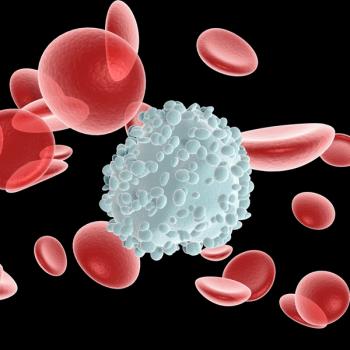
The researchers found that even with low amounts or no amount of neutrophils present in the peripheral blood, patients still exhibited active disease.
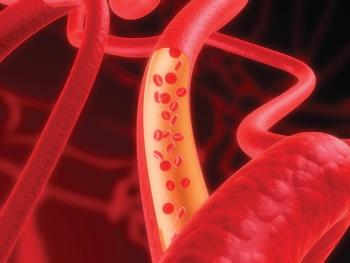
Drawing a clearer picture of the relationship between pulmonary artery involvement (PAI) in Takayasu arteritis (TAK), researchers have published data on the clinical features of TAK with PAI.

The findings come from an algorithm that was based on 4 criteria-based tools, including 2 widely-used measures designed to ferret out inappropriate medication prescribing in older adults.

If further studies confirm a benefit by using Multispectral Optoacoustic Tomography (MSOT), the technology can help forge a path toward a noninvasive, bedside, nonionizing approach to early visualization of disease as well as evaluation of disease burden and disease progression in patients.

The insulin delivery system was linked with a reduction in hypoglycemia among adults and a decrease in hyperglycemia in both adults and children.

In a recent case report, researchers outlined the case of a patients with shellfish allergy–induced overlap chronic graft versus host disease (ocGVHD)—a case of GVHD that has components of both acute and chronic GVHD.
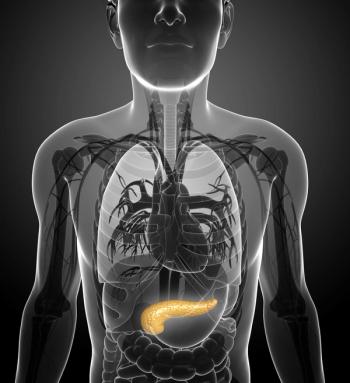
Findings about the willingness of primary care providers to prescribe artificial pancreas systems have positive implications for increasing access to and reducing disparities around this technology by alleviating the need to see a specialist.

The study demonstrated the heterogeneity of actionable alterations, PD-L1 expression, and mutational burden among the samples of metastatic lung adenocarcinomas (LUAD).
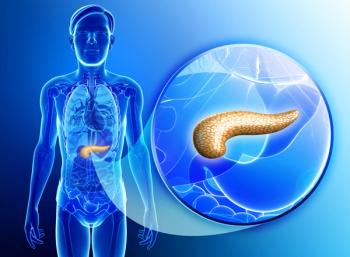
The findings, said the researchers, are an important step toward achieving glucose control with a fully automated closed-loop system for patients with type 1 diabetes.

According to the researchers, the case study suggests that better results are achieved when using cytoreductive treatment and low-dose aspirin.

259 Prospect Plains Rd, Bldg H
Cranbury, NJ 08512
© 2025 MJH Life Sciences®
All rights reserved.
